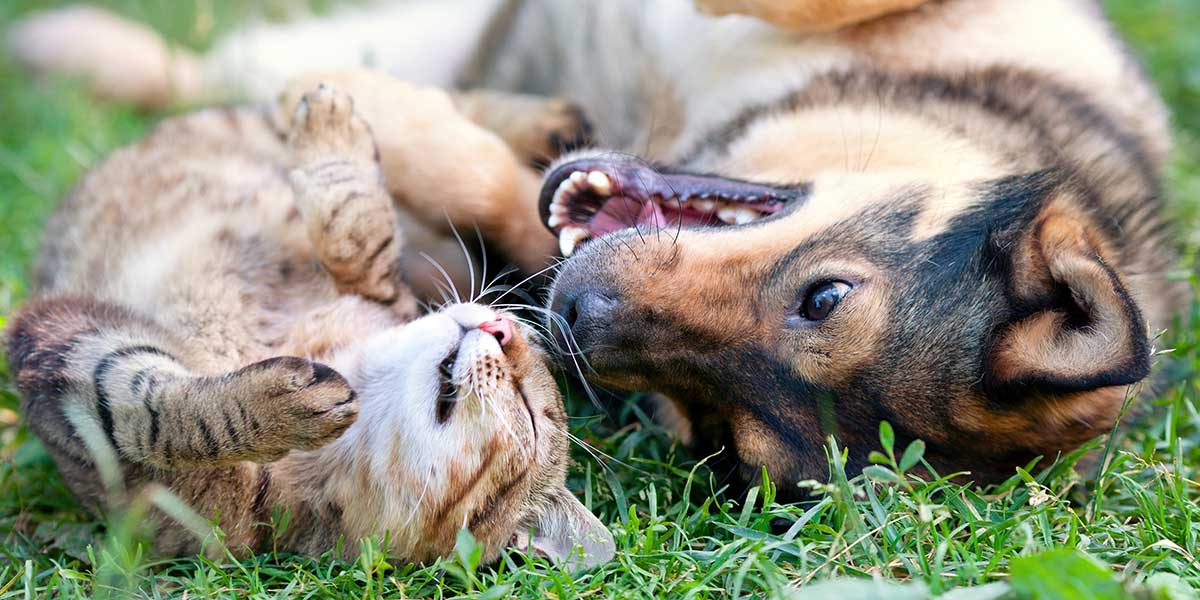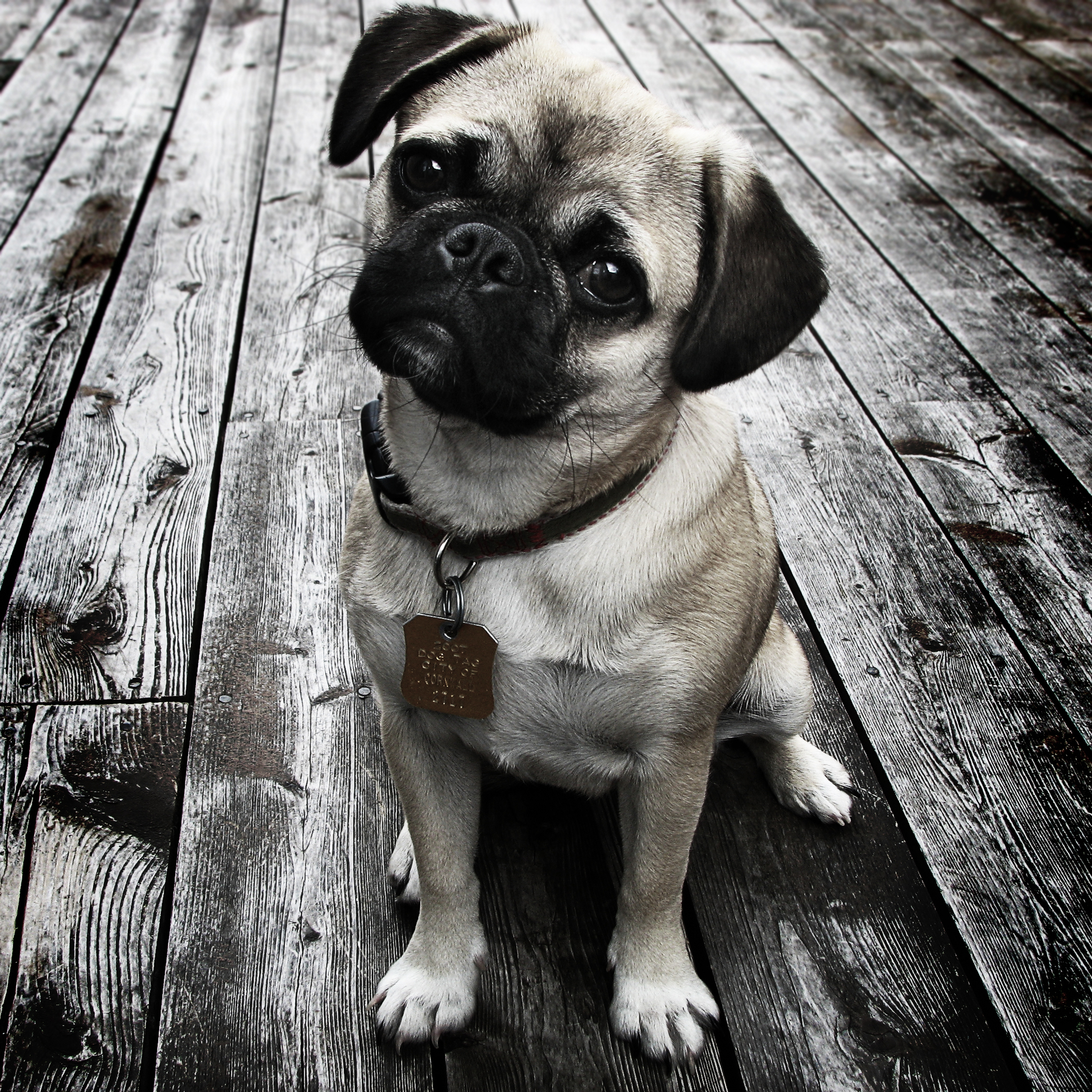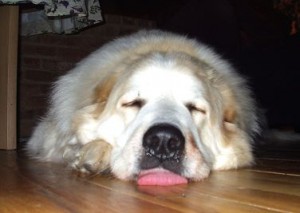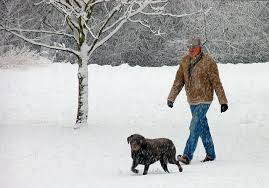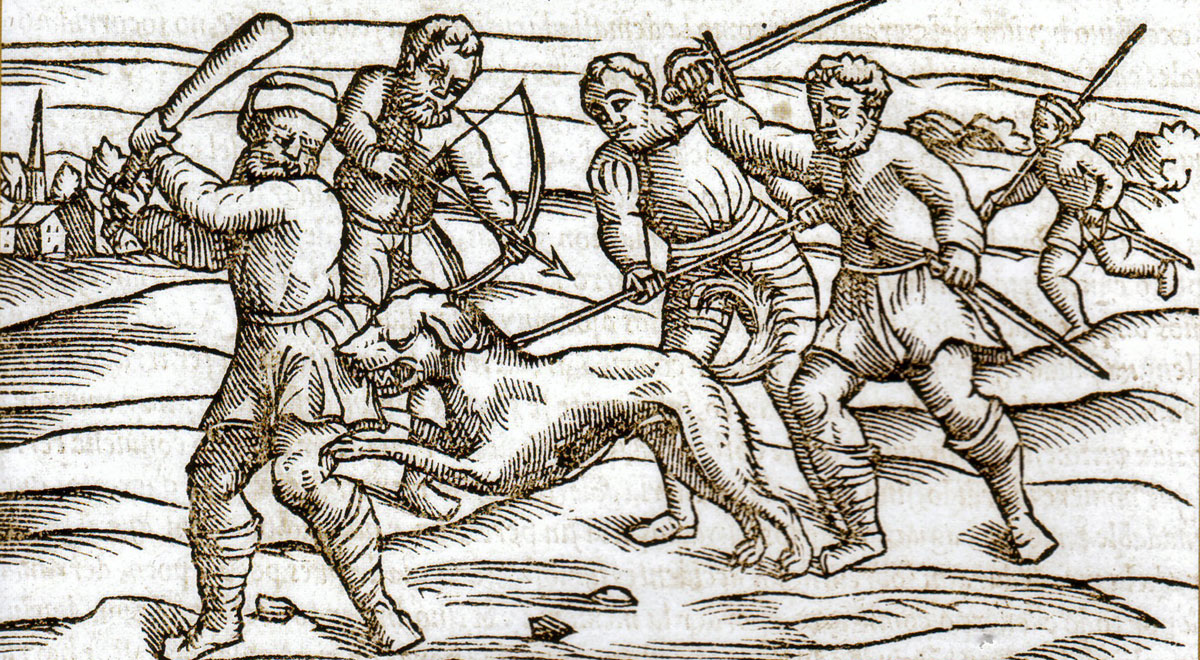
Continue reading “The Importance of Pet Rabies Tags”
Literary Dogs
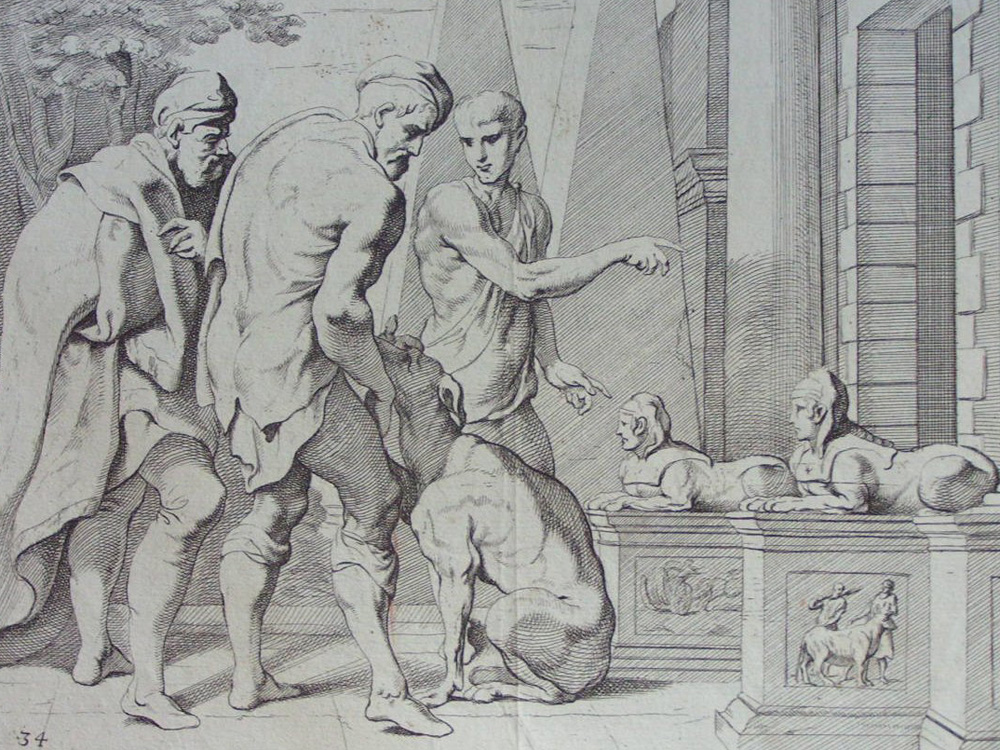
Among the very first dogs known by name in Western literature is Argos, who appears near the end of Homer’s Odyssey. In that great Greek epic of ancient times, he is depicted as the very epitome of faithfulness: waiting patiently for 20 years for Odysseus to return home from the Trojan War, he immediately recognizes his old master at first sight. Only then is the sick and feeble dog able to pass away in peace. Thousands of years later, we in the modern world can still recognize and appreciate this common bond between human and animal.
That is just one of the many reasons dogs are called “man’s (and woman’s) best friend”! Since the time of Homer, many more books have been written and stories told about the canines we love who love us back, entertain us, provide for us, work and play with us, protect us, inspire us, teach us the virtues of kindness and wisdom, and keep us company when we are lonely. Here are five of our favorites. Continue reading “Literary Dogs”
Ten Reasons NOT to Get a Puppy This Holiday Season
Today is Black Friday. With Thanksgiving over, many American families turn their thoughts to the next big celebration of the season: Christmas. And often, this is the time of year we think about buying a puppy to join the household.
As any dog-owner knows, our canine friends are highly intelligent (some would say “sentient”) creatures, with a surprisingly sophisticated emotional and behavioral life. For that reason, you should think long and hard before buying a puppy for the family this holiday season. Here are ten reasons why: Continue reading “Ten Reasons NOT to Get a Puppy This Holiday Season”
Is A Great Pyrenees The Peer For You?
Once known as the royal dog of France with their stunning white coat and imposing presence, the Great Pyrenees is considered one of the most beautiful breeds today. The Pyr is a member of the working dog family, and has a rich heritage as a flock guarding dog used in the Pyrenees mountain range that spawned its name. Today, the Great Pyrenees is a family companion and is a great dog to have around kids and other animals. However, they do require a good deal of attention and training, so the question is; Is a Great Pyrenees the peer for you?
Temperament and Personality
At their best, the Great Pyrenees is confident, gentle, and very affectionate toward their family, especially with children. However, their heritage as a guard dog makes them territorial and protective. Early socialization is essential to prevent this dog from becoming overly mistrustful or fearful of change. So if you do decide on a Pyr puppy, make sure you are bringing them with you on runs and other social outings where animals are appropriate. Great Pyrenees are also extremely smart and will pick up on nuances very quickly. When training, make sure to use positive reinforcement techniques and don’t make them repeat the same actions over and over, they will get bored very quickly if you do. Don’t get frustrated though, these dogs like to push the limits and then take a few steps past them. Just be patient and firm, these dogs might be stubborn but they will listen to their humans.
Pyrs generally get along well with other household pets. They’ll ignore the harassment from smaller dogs, and will only fight as a last resort. Additionally, two mature Great Pyrenees of the same sex will not get along together as house pets.
Grooming
The Pyr has a beautiful double coat that is usually white or white with markings. They also shed year round, so prepare to have to brush them weekly for about a half hour. Outside of that, standard care as needed (clean the ears, trim the nails, and bathe when necessary).
Feeding
This might come as a surprise, but Great Pyrenees don’t need a lot of food. Because of their temperament and low metabolism, they eat as much as a Border Collie or a Sheltie would. However, you’re going to have to get the big breed food for them.
Well, we hope that this helps you out with what you’re going to have to keep in mind before deciding on these giant balls of white fur. For any ID tag or Rabies tag needs, feel free to drop by our site, we’ll be happy to help!
Featured Post: 10 Tips to Keep Your Dog Healthy This Winter
Today we had a special guest write us a post for our Blog. Tim Pink is the owner of Saratoga Dog Walker and was kind enough to write us a few tips on how to keep your canine friends healthy and active in the very sedentary time of winter.
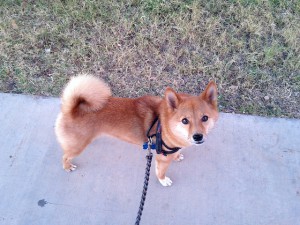 Life in the Northeast presents many challenges in the winter when it comes to the health and wellbeing of your beloved dog. Here are 10 tips to help keep your dog safe and healthy this winter.
Life in the Northeast presents many challenges in the winter when it comes to the health and wellbeing of your beloved dog. Here are 10 tips to help keep your dog safe and healthy this winter.
#1 – Make sure your dog isn’t left outside (or in a car) for too long and keep an eye on his body temperate. Remember, the wind chill will make it even colder and dogs can also get frostbite. Keep a close eye on their ears and paws as they are most susceptible. If your dog starts walking funny, lifting his paws, or hunching over than it’s time to get him inside!
#2 – Use jackets. Depending on your dog’s coat and the amount of time you plan to spend outside he may need an additional jacket. They make jackets for all occasions but the best jackets will cover the chest, be water resistant and tight fitting, easy to put on and off, and have a reflective material.
#3 – Mushers Secret. This stuff is great for paws! It’s a wax based product that helps shield their paws from harmful salt and extreme cold. Always a good idea to wipe and clean off your dog’s paws after a walk so he doesn’t lick any salt that might be stuck on them.
#4 – Keep your dog well groomed. Your dog’s coat will perform its best when it’s well groomed. Extra fur and matting will not help its insulating properties. Also, be sure to trim the fur on his paws so snow doesn’t build up on them as this can be painful and debilitating to dogs.
#5 – Salmon Oil and water. The lack of moisture in the air may leave your dog’s skin dry and flaky. To help your dog have healthier skin in the winter give him salmon oil. It’s healthy and he will love it! Don’t mix it in his dinner though, or he may start to demand it all the time. Also, just because it’s cold doesn’t mean your dog can’t get dehydrated. As always, make sure he always has fresh water available.
#6 – Be careful playing with your dog near ice. When playing on ice your dog could easily slip and injure himself (ACL etc.), cut his pad, or fall through the ice into a lake etc. Stick to areas that you know and steer clear of ice!
#7 – Holiday dangers. The holidays present a slew of new dangers for your dog. Take a moment to think of all the new things around your house that your dog could get into. Things like the tree (needles, tinsel, ornaments, lights), extension cords, gifts (for people or your dog), holiday nick knacks, as well asholly, mistletoe and poinsettia plants which are pet poisons. As a rule of thumb if your dog can get to it, assume he will and take the necessary steps to avoid tragedy. Oh, and don’t forget to keep the alcohol and chocolates out of reach!
#8 – Antifreeze. Dogs tend to be attracted to the smell and taste of antifreeze but it is highly toxic! Be sure not to leave any around and promptly clean up any puddles.
#9 – Extra food. If your dog spends much time outside in the winter he will probably need more food in order to keep his body temperature up. It takes more calories to keep warm, and the last thing you want is for your dog to lose weight in the winter.
#10 – Exercise! Keep your dog healthy physically and mentally by maintaining his exercise schedule through the winter. Tis the season for dog’s to start “acting up”. This is because they tend to get much less exercise in the winter which leads to excess energy and boredom. If you’re unable or unwilling to walk your dog in the winter call a professional dog walking service.
Well we hope that helps, if you’re curious about Tim and Saratoga Dog Walker, make sure to check him out at the link above, or if you’re in the Saratoga area, you can reach him at 518-390-8613.
Lisa Podwirny is the owner of Ketchum Mfg. Connect with her on Google+!
